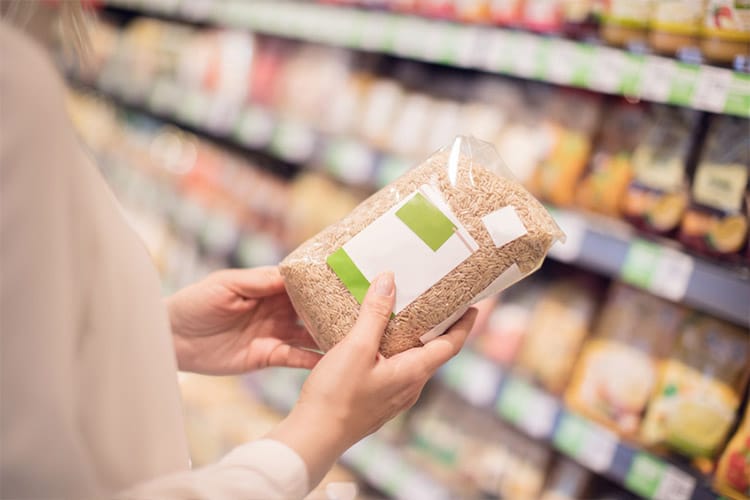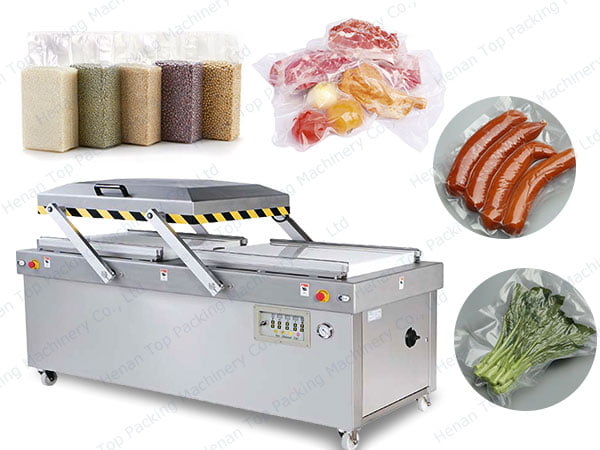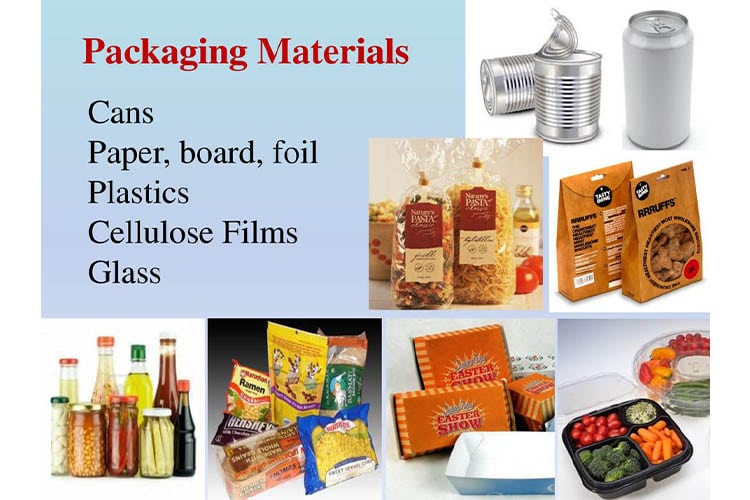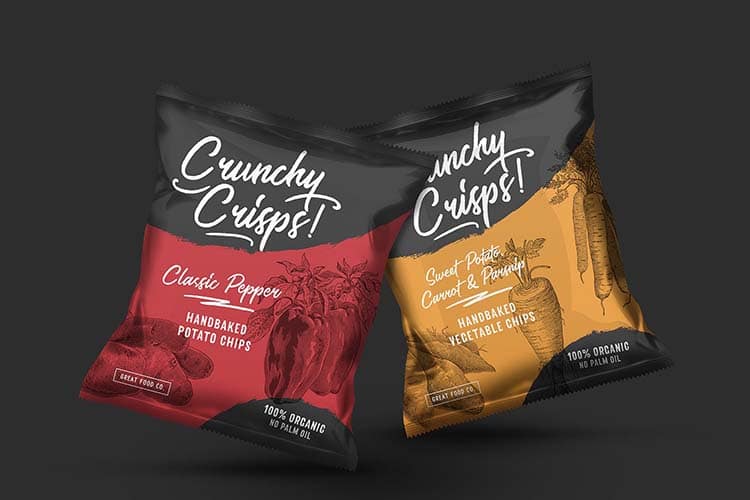Food packaging is very common today. A wide range of food items, from fruits and vegetables, beverages, and meats to dry food, can satisfy every requirement. In the long process of production, processing, and distribution, food has to be touched by countless people before it is put on the shelves. If without packaging, how can it reach the target consumers intact? Other uses of food packaging are to maintain the freshness and quality of food and to extend the shelf life of food. Food is delivered all the way to its destination, with the aim of making it available to as many people as possible. Thanks to convenient transportation and advanced packaging, a variety of delicacies can be shared by people in different regions, and out-of-season vegetables and fruits can be tasted at any time.

Why do we need food packaging?
Food can easily spoil if not properly stored and preserved. Poor food can lead to health problems or serious illnesses. People have many practical and simple ways to protect food from spoilage. Develop high-end technologies to prolong the edibleness of food, and design advanced equipment to enable long-distance transportation. For example, people pickle food with salt or sugar, air dry it at room temperature, or put it in the refrigerator to keep it fresh and edible. Despite the variety of preservation methods, techniques, and equipment, the core idea is to prevent the growth of fungi, bacteria, or other microorganisms in food. Food packaging is one of the most cost-effective preservation methods and is the basis for customers to protect their food for longer.

Three benefits of food packaging
Undoubtedly, food plays an indispensable role in human life. With the sound development of our material foundation, people have put forward higher requirements for food supply. However, how many people realize the importance of food packaging? Generally speaking, food packaging has three advantages: transportation, protection, and promotion.
# Easy to transport
We can find a variety of food packaging forms such as bottles, bags, cans, boxes, etc. Why make these different containers? This is because it greatly eases transportation and prevents food from coming into direct contact with air, water, or pollution. Typically, people use bottles for liquid goods and bags for bulk foods.
# Prevent food from spoiling
Food safety is the top priority and only within the shelf life will it not endanger our health. Therefore, we apply food packaging materials and technologies to prevent biological, physical, or chemical changes in food from manufacture to sale to consumers. Take “Tetra Pak” as an example. It has a high market share in beverage packaging due to its high technology using paper, aluminium, and plastic as air and light barriers. Can greatly extend the shelf life of food. Good and proper packaging will undoubtedly keep food fresh and tasty.
# Promoting products
In addition to using eco-friendly materials and suitable packaging forms, food packaging design is also important. It can help promote your products and boost your sales. Its design elements mainly include color, text, and patterns. A successful design is to make full use of these elements according to the performance, characteristics, and shape of the product, so as to attract consumers to buy.
Food packaging materials
During the 20th century, the materials used for food packaging changed dramatically as most of them were made of glass, metal, and paper. Additionally, another evolution followed as PETE (polyethylene terephthalate) materials entered the market. This versatile plastic makes it easy to make bulk food items for distribution to consumers in these PETE containers. The benefit is that polyethylene can be easily stamped or molded into any shape imaginable. Furthermore, it is inexpensive to produce, thus making it an economical food packaging solution. However, due to today’s heightened awareness of environmental safety, this solution makes customers more attractive to suppliers for eco-friendly packaging solutions.

Food packaging design
The best packaging design will help protect food quality and attract customers. No matter how boasted the quality of the product is, a product that is not in a naked or rough package will be favored by consumers. Conversely, products of normal quality will be favored if they are beautifully packaged. Experienced food manufacturers may put more effort into packaging design as it generates additional economic benefits. Additionally, packaging has been designed to facilitate circulation. Food products, such as rice, milk, and beverages, are packaged in bags, cans, bottles, and other container types. They act as a vehicle for food transfer and help speed up the flow of food.

Choosing the right food packaging for your products
No matter what kind of food you sell, it’s critical that your products stand out on the shelf. There are many different strategies for doing this, and the strategy you employ will largely depend on the type of food you are marketing and who you are marketing to. Below, we’ll highlight some common strategies for designing the right food packaging that catches people’s attention.
Colorful packaging is always a good idea, especially when it comes to marketing food aimed at children. Kids love bright, happy colors, so it makes sense to package food for them in this way. Neon and bright primary colors are great for kids, but may not work for more mature audiences.
The packaging of pet food should take the pet and its owner into consideration. You will almost always want to include a picture of the animal the food is for; at the same time, the packaging should reflect all the important reasons a pet owner should buy it for his or her furry friend.
The healthy image of fresh fruits, vegetables, and grains is very effective when it comes to packaging healthy foods. It’s also wise to include plenty of wording on such packaging to highlight the health benefits of the food you’re selling. Most importantly, you want your health food to look nutritious and tasty so people will actually want to buy it.
Chocolate bars and candies generally feel carefree and happy, so should be packaged in brightly designed packaging. Stimulating these feelings in consumers will encourage them to buy snack foods in the first place, so keep this in mind if you’re looking for the right design for your candy or snack food.
Elegantly designed packaging is a great idea for food items aimed at a more upscale crowd. For example, premium cheeses are recommended to be packaged in elegant and sophisticated packaging.
Conclusion
All food packaging process is completed by all kind of food packing machines. As a leading packing machine manufacturer in China, we provide a complete range of food packing solutions, such as small VFFS machine, horizontal flow wrapping machine, vacuum packing machine, multihead weigher packing machine, etc. Contact us for a free price list.
